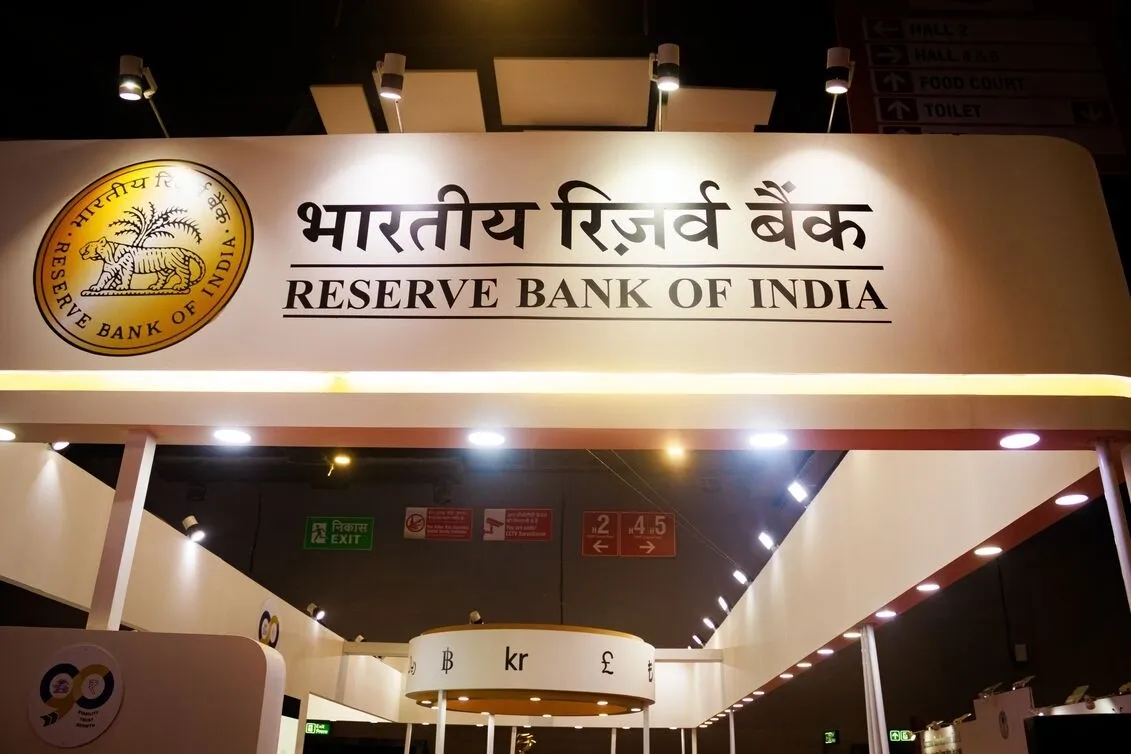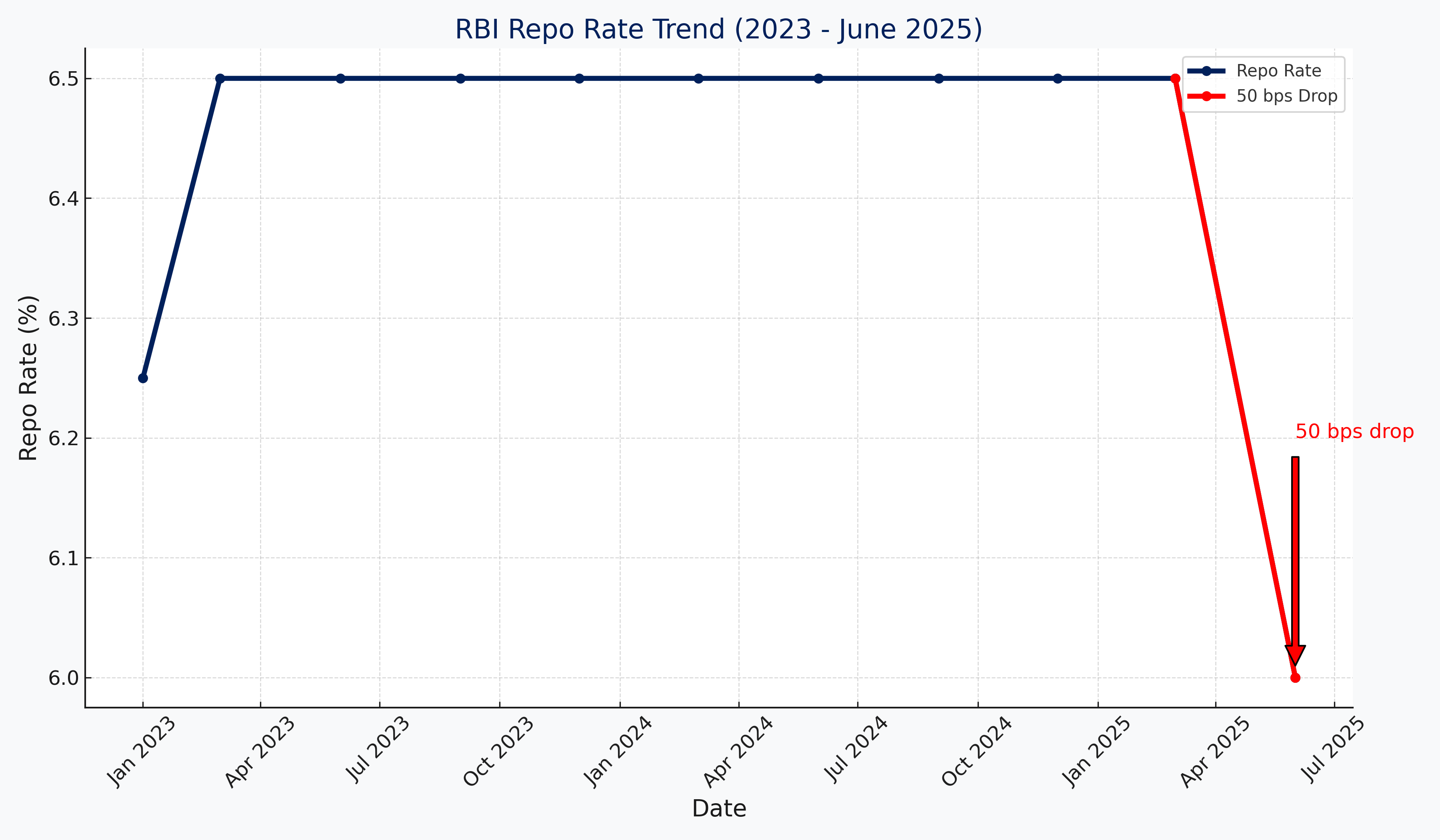In a key policy initiative, the Reserve Bank of India (RBI) has released new guidelines related to the management and circulation of ₹100 and ₹200 currency notes. The move is intended to simplify cash management operations, enhance the quality of banknotes in circulation, and increase the overall efficiency of the banking and ATM network in the country.
The RBI, being the single authority to issue and regulate currency in India, periodically evaluates the condition and circulation of banknotes. In its latest action, the central bank has directed all commercial banks and financial institutions to accelerate the process of withdrawing dirty and worn-out ₹100 and ₹200 notes from circulation. At the same time, the RBI has ordered fresh, clean notes of these denominations to be actively infused into the system.
Why the Emphasis on ₹100 and ₹200 Notes?
The ₹100 and ₹200 denominations are the most widely used currency notes in everyday transactions. From street markets to public transport, these notes are in constant circulation, exposing them to maximum wear and tear. The RBI has noted that a high percentage of these notes are in bad condition, making it inconvenient for the general public and businesses to conduct transactions.
As per RBI officials, large numbers of citizens and traders have complained about the poor quality of these notes deteriorating. Shopkeepers in certain areas have gone to the extent of refusing heavily worn or torn ₹100 and ₹200 notes, causing discomfort and confusion. This has driven the RBI to act quickly.
What Do the New Guidelines Contain?
Several important points form the RBI’s new guidelines:
Improved Note Sorting: Banks are compelled to install more sophisticated note-sorting machines in branches and currency chests. The machines will automatically sort out and remove unfit notes for destruction.
Prompt Withdrawal: Banks must ensure that dirty or damaged notes are withdrawn from circulation immediately and not re-circulated to the public.
Fresh Notes Increased: RBI will enhance the distribution of fresh new ₹100 and ₹200 denomination notes to banks so that ATMs and currency counters issue fresh currency.
Compliance Monitoring: Banks will be checked for compliance, and routine audits will be done to test the effectiveness of implementation.
Public Awareness: The RBI will also conduct public awareness campaigns to inform citizens on how to recognize and deal with mutilated notes, and how to swap them at their local bank branch.
Impact on the Public and Banking Sector
This action is likely to ease the consumers who are usually troubled with unusable or partially damaged currency. By making clean and crisp ₹100 and ₹200 notes more readily available, the RBI aims at enhancing the convenience of cash transactions, particularly in rural and semi-urban regions where digital transactions are yet to reach.
For the banks, the directive implies a higher level of responsibility in the areas of operational implementation and adherence. While large banks already have infrastructure for sorting notes, cooperative banks and regional rural banks could have to upgrade systems to conform to the new norms.
Looking Ahead
The RBI is making this move as part of its overall efforts to uphold the integrity of notes in circulation. Over the past few years, the central bank has done something similar with other denominations, too, such as phasing out older series notes and issuing new designs with upgraded security features.
While this current move is not a demonetization or recall, it is a part of the RBI’s ongoing efforts to modernize and maintain the health of India’s physical currency system. By improving the quality of notes in everyday use, the RBI is ensuring that trust and efficiency remain central to the country’s monetary transactions.
As the guidelines get implemented over the next few weeks, consumers as well as banks will have a key role to play in smooth implementation. All stakeholders have been asked by the RBI to join this countrywide effort to improve the quality and utility of Indian currency.






